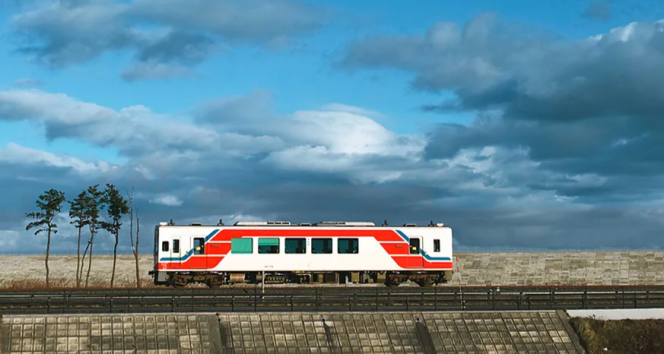INTERNEWSTIMES.COM – The Sanriku Railway Rias Line, winding along the northeastern coast of Japan’s Honshu island, is a testament to resilience. Once ravaged by the devastating 2011 earthquake and tsunami, the line now carries passengers through a landscape slowly reclaiming its beauty. But beneath the surface of the vibrant green rice fields and blooming gardens, a poignant reminder of the past lingers.

In the seaside hamlet of Namiitakaigan, a simple phone box stands on a hill overlooking the ocean. It’s not a functional phone, but a symbol of hope and remembrance. Itaru Sasaki, a local resident, created this “Phone of the Wind” in 2011, placing a disconnected phone inside a British-style phone box as a way to connect with his recently deceased cousin.
Sasaki believed his thoughts would be “carried on the wind” to his cousin, offering a metaphorical connection across the divide of life and death. As word of Sasaki’s ritual spread, others affected by the tsunami and other tragedies sought solace at the phone box, finding comfort in the act of sharing their grief and memories.
The “Phone of the Wind” stands as a poignant reminder of the devastating impact of the 2011 disaster, but also of the enduring spirit of the Japanese people. It serves as a place for remembrance, healing, and a testament to the power of human connection in the face of unimaginable loss.
The Sanriku Railway Rias Line, with its breathtaking scenery and the “Phone of the Wind” as a poignant landmark, offers a unique journey of reflection and hope. It is a reminder that even in the face of tragedy, life finds a way to flourish, and that the human spirit can find solace and connection even in the most unexpected places. (Red)




























